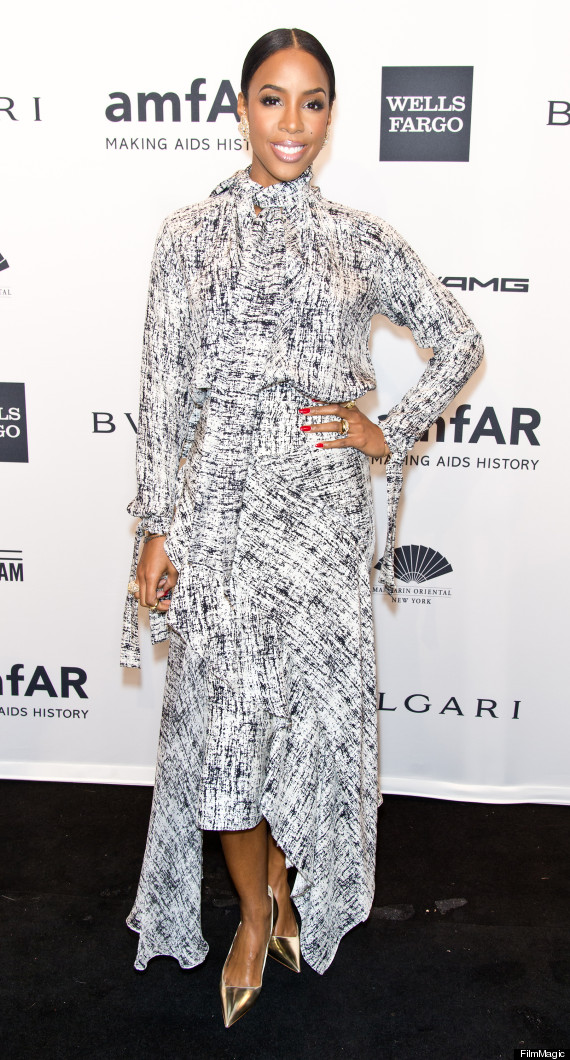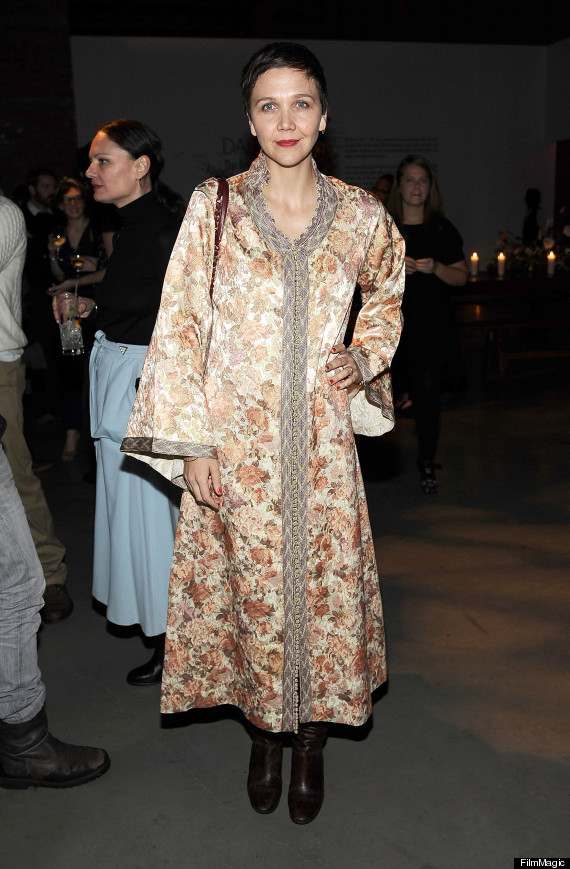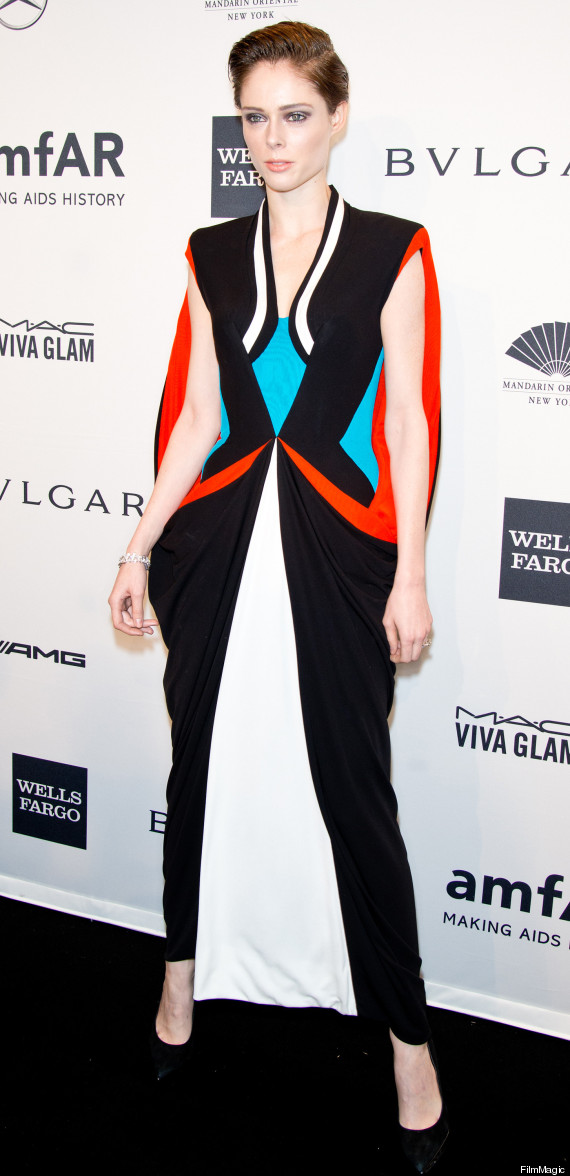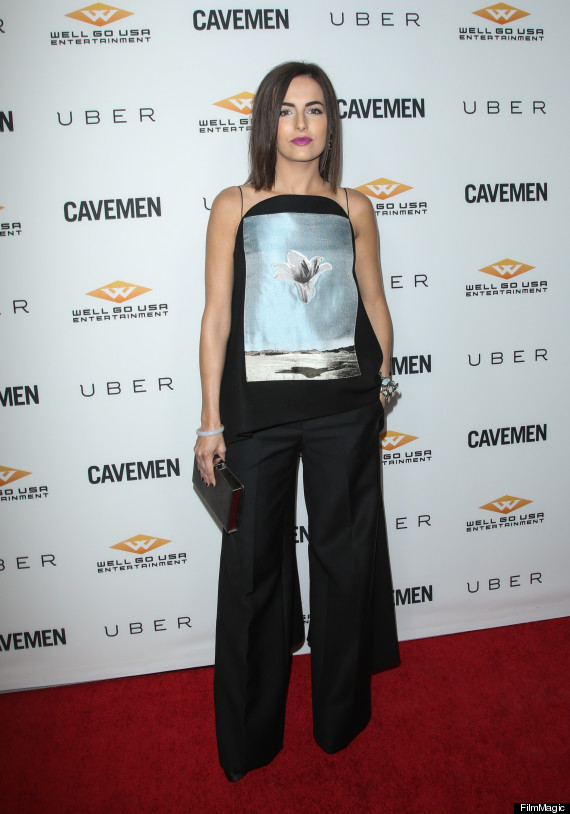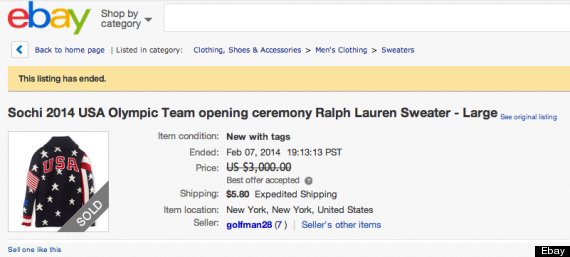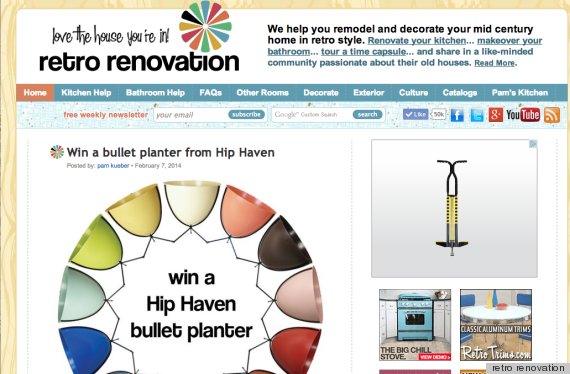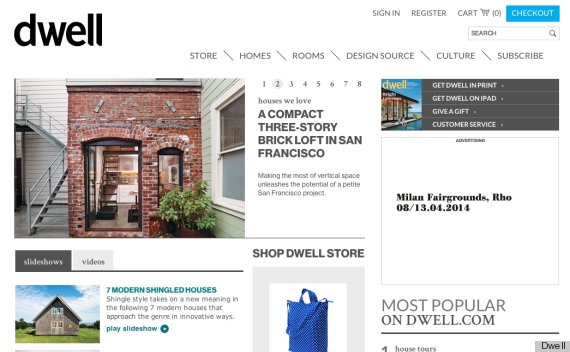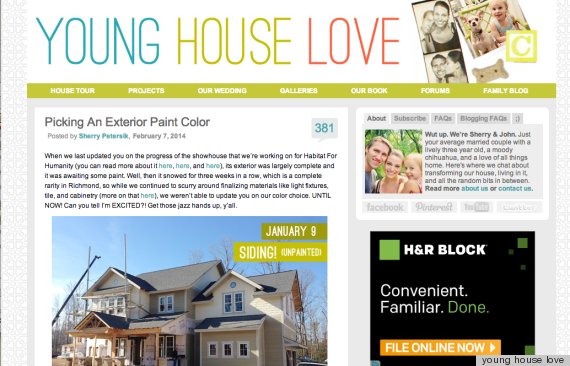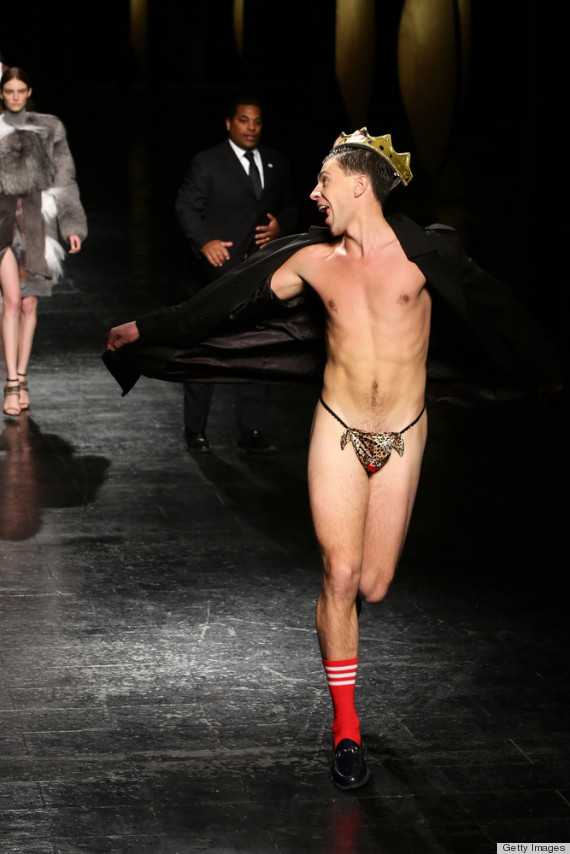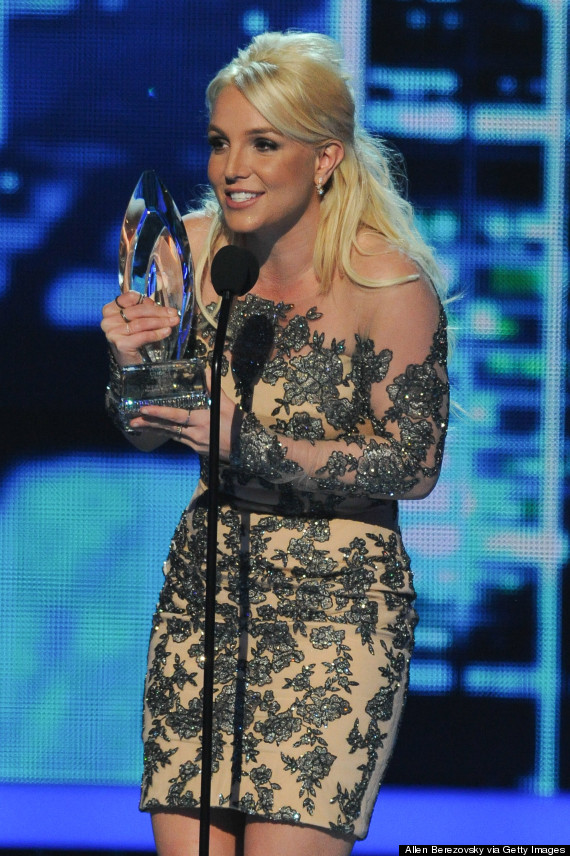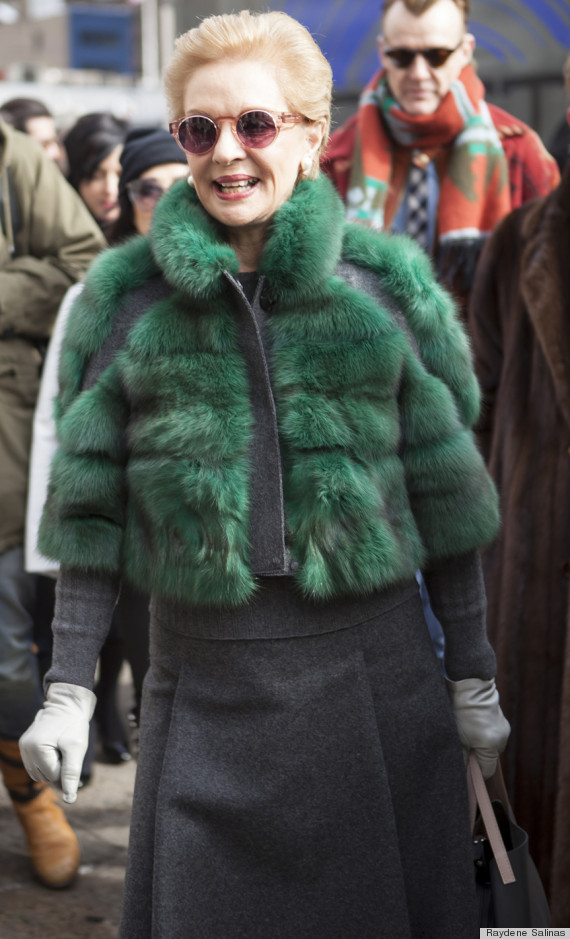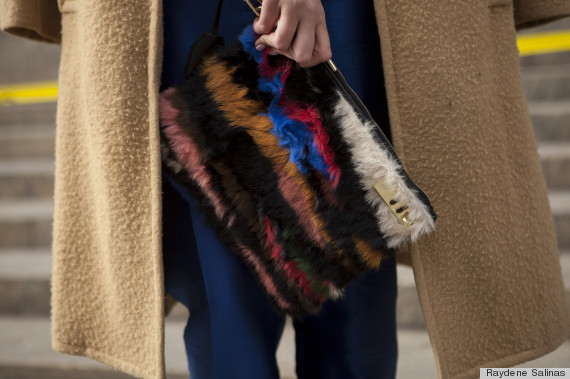With this new interview series I, Alex Schattner, hope to shed light on Millennials who are striving toward creative goals. Who am I? Read my personal story/manifesto here.
On Jan. 23, I spoke with fashion designer Catherine Litke at her studio near Union Square, New York City. Ms. Litke and I attended high school together. In 2012, she founded LITKE, her self-named fashion house. Read on to learn about her journey, and what it's really like to start out in the fashion industry.
_________________________________________________________
![Catherine Litke in her studio]()
Ms. Litke in her studio. Photo taken by Alex Schattner
A: When did you know you wanted to be a fashion designer?
C: I really wanted to be a designer my whole life, but I didn't know it would lead to starting my own line until about two years ago. I studied studio art at NYU, really concentrating on video art, but then my last year at school I fell into a job as a stylist's assistant under Tina Chai. She really taught me how the industry works, and I admire her aesthetic and work ethic more than I can put into words. We worked with Band of Outsiders on all of their shows, and Tina's collaboration with designer Scott Sternberg was always really inspiring, because the brand has such a strong identity. That kind of clear, concise, vision is something I really aspire to, even if my style is a bit different. Fashion is about creating a story, and everything needs to work together, no matter how many references you may be working with.
After graduating, I worked freelance for almost five years for different editors. As a fashion assistant, I helped create and coordinate stories for all different magazines such as Vogue, Harper's Bazaar, and InStyle, among many others. Working with so many editors and designers was an amazing experience, but I realized that I didn't necessarily want to be on the stylist side -- even though it gave me an amazing chance to travel all over the world in my early twenties.
A: What's it like being in the industry?
C: I love constantly being surrounded by creative people who are also very involved in the business aspect of the fashion world. I think people assume that this industry is filled with a lot of over-privileged people playing dress up and buying expensive clothing. That's definitely not the case. One of the things I value most about this industry is that everyone works long hours and is really talented at what they do. If you put in the work, people in this business notice and appreciate it.
A: But you do have to be the face of your brand, right?
C: I don't necessarily think it is about being the face, but it is important to really believe in the products you are creating. I've always admired designers -- especially women -- who embody their brand in a genuine way.
A: Like Betsey Johnson?
C: Betsey Johnson definitely embodies her brand in a way I don't know if anyone else could.
I really look up to women like Isabel Marant, Stella McCartney, and Phoebe Philo. They put their DNA and style into everything they create. They also seem to love wearing the pieces they make, which I think about a lot when I'm designing. Working with editors taught me to create things that are both beautiful and commercial. There is a fine line, but generally my gauge is whether I myself would love to own something if I saw it out of the context of the collection. My past work experiences have taught me to edit. This has been very helpful in keeping the collection substantial, but not unmanageable to produce.
![An outfit from Ms. Litke's S/S Line 2014]()
A design from Litke's S/S look book. Taken by Jake Jones
A: How would you describe your brand?
C: My brand is focused towards a younger customer, 20-35, and the shapes are a bit boyish, but also super feminine. I don't subscribe to the idea that something super sexy also needs to be tiny and tight.
One of my favorite films is Belle de Jour, and Catherine Deneuve is just the most perfectly dressed character. She wears these amazing straight, 1960s, coats that are very restrictive, but also beautiful and feminine. I also love most French New Wave so that is usually somewhere in the back of my head.
More specifically, for my first collection I was fascinated with Mennonite quilting and the retro futurism images, specifically the movie Barbarella. This past season, I spent a lot of time looking at 1950s photos of children's dance classes and Indian Illustrations, which made for an interesting juxtaposition. For F/W 2014, I've been pretty obsessed with Louise Bourgeois' Fabric Works series, which I think really worked well in its translation into clothing.
A: If LITKE could have any celebrity spokesmodel, who would it be?
C: I really love women like Elle Fanning and Kirsten Dunst, who are obviously really feminine and beautiful, but also don't dress for men. You can tell they really love fashion in the clothing choices they make, and that is really admirable in the entertainment industry where there is so much pressure to fit into a mold.
A: How do you produce and distribute your designs?
Continue reading on my blog.
Photo courtesy of Alex Schattner and Jake Jones.

